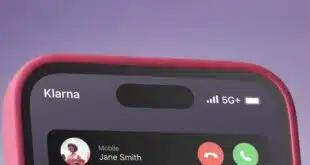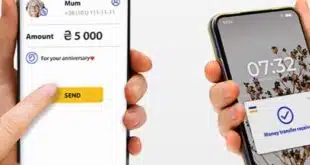PureWrist, a contactless-transaction technology provider, on Thursday debuted PureWrist Go, a reloadable flexible bracelet with an embedded EMV chip that allows consumers to make prepaid contactless transactions.
PureWrist GO, which retails for $25, plus the amount preloaded on to device, is the flagship product on the PureWrist platform. New York City-based PureWrist also offers a free companion mobile application and online portal for users to manage their accounts. Consumers can use the app to check their balance, view transactions, customize reloading preferences, and lock their device if it is lost, for example.
The card account embedded in the bracelet’s chip is issued on behalf of PureWrist through Sutton Bank. PureWrist itself manages its contactless program.
Consumers can purchase the PureWrist bracelet preloaded with values of $10, $25, or $50. In addition, a reloadable account can be activated at the user’s discretion at no additional cost and can be funded with a bank account, credit card, or debit card. Consumers can set a predetermined amount to be automatically reloaded as the account’s value falls below a specified threshold, such as $5. Users can also specify the amount to be reloaded each time they replenish funds in their account.

PureWrist chose to make the reloadable feature optional, because it felt some consumers may want to give the bracelet as a gift. “We did not want to tie people into a reloadable device from the get-go if that is not what they wanted,” says Suresh Palliparambil, who joined the company this month as its chief executive.
One reason PureWrist GO retails at such a low price is that it does not use other technology—such as non-payment apps, sensors, or batteries to power the device—that could substantially raise its cost.
“There are a lot of consumers that want a wearable payment device for payments, but don’t want to pay several hundred dollars for a device with technology and apps they won’t use or don’t want, such as a smart watch,” Palliparambil says.
The target audience for the device ranges from the underbanked to teens who use prepaid cards to commuters using transit systems with open-loop fare systems.
Teens represent a big market because many already use prepaid cards for purchases. Providing access to the account history is a feature likely to appeal to parents who reload value onto their teen’s prepaid account. Now, they can see how the money is spent, says Palliparambil.
“And with more retailers moving away from cash to contactless payments, our device gives the underbanked a way to make purchases without cash,” Palliparambil adds.
The device will be promoted through multiple digital channels, including social media, as well as partnerships. PureWrist, which will donate 10% of its profits to charity, plans to partner with charities through which it can create marketing campaigns around a purchase of the device. Marketing partners will be able to add their logo to the PureWrist bracelet.
PureWrist plans to expand the capabilities of its bracelet to include access to buildings and rooms. Corporate and college campuses are prime target markets for this use case, as employees and students can use the device to make purchases on campuses in addition to accessing buildings.





